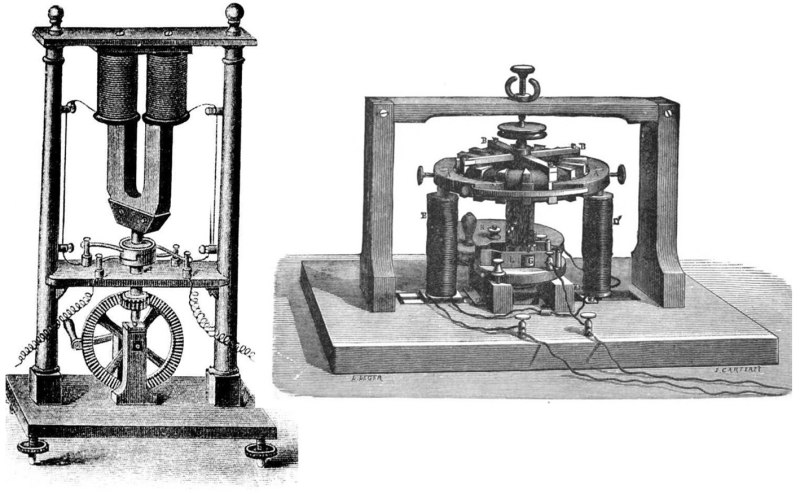Dynamo
Today, the dynamo. The University of Houston presents this series about the machines that make our civilization run, and the people whose ingenuity created them.
______________________
Dynamo is a word that crackles with energy. She gets so much done – she’s a real dynamo! That little kid is a dynamo. The word pulses with motion. Which brings us to electric motors.
They are everywhere. Our cars, gasoline or electric, bristle with electric motors. So do toys and factories alike. I count them here in my small office: clocks, lamps, ceiling fan, pencil sharpener, printers, computer cooling fan ...

A modern automobile “alternator” That is, a producer of AC current.
But they all need electricity. And they get it from wires or batteries. That electricity comes from distant hydroelectric dams, wind turbines, and various power plants. But there’s a problem: Those sources can only turn pumps, fans, wheels, and shafts that are right next to them.
So, how did we go about delivering their energy over distances? How did we go about creating machines that could turn their energy into electricity? We finally did so. And we called those machines, dynamos. Let’s look at a timeline here:
Many eighteenth century scientists and inventors had shown that electricity could drive machines. The electric motor was there for us. But there was a catch: Such motors were useless until we had a reliable source of electricity. How to create that source?
Michael Faraday really clarified the fact that electricity could drive a machine. But, in 1831, he also showed how to create electricity using the principle of induction. And a French instrument maker, Hippolyte Pixii, immediately used that idea to make such a machine. But ... it’d be over thirty more years before people like Wheatstone and Siemens made commercial electric generators.
And Siemens recalled his schoolboy Greek. He found the word dynamis – which meant power. He called his invention, the Dynamo-electric machine. And dynamo it remained. But today, dynamo lingers largely as slang for boundless energy. What became of dynamos? Well, they produced only direct current, DC.
The idea of alternating current, AC, had been bouncing about ever since Hippolyte Pixii. His machine had actually produced AC. Finally, a young British inventor, Sebastian de Ferranti, created a dynamo that delivered both AC and DC in 1873.

Pixii AC machine 1831 Pacinotti dynamo/alternator
You might be wondering now, where Nikola Tesla fit in here. Tesla had independently conceived AC while he walked in a Budapest Park, before he came to America. And, here he invented very efficient AC alternators, as he called them.
Tesla joined with Westinghouse. Their use of AC triumphed over Edison’s DC. And the word alternator (as well as the machine) replaced dynamo. It is alternators that now serve us.
I’m John Lienhard, at the University of Houston, where we’re interested in the way inventive minds work.
(Theme music)
See the Wikipedia entries for
Timeline of the electric motor - Wikipedia
I tell the story of Tesla conceiving AC here.
This episode first aired September 29, 2025.